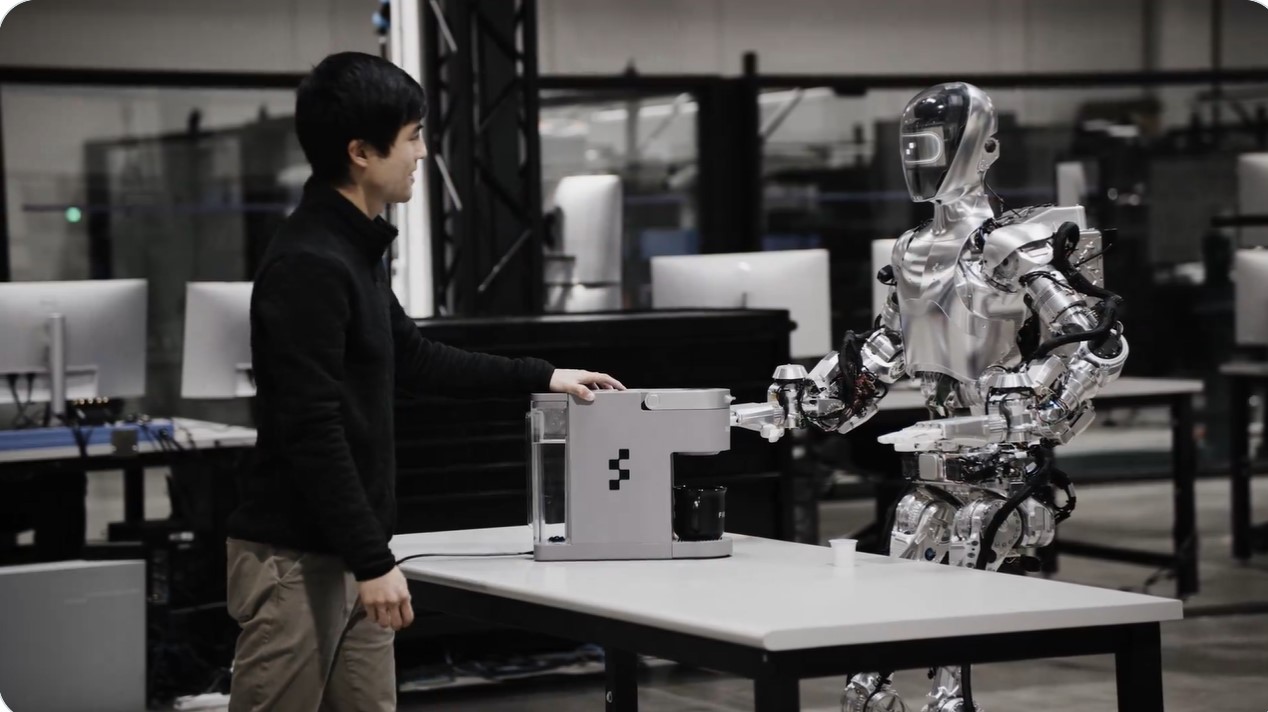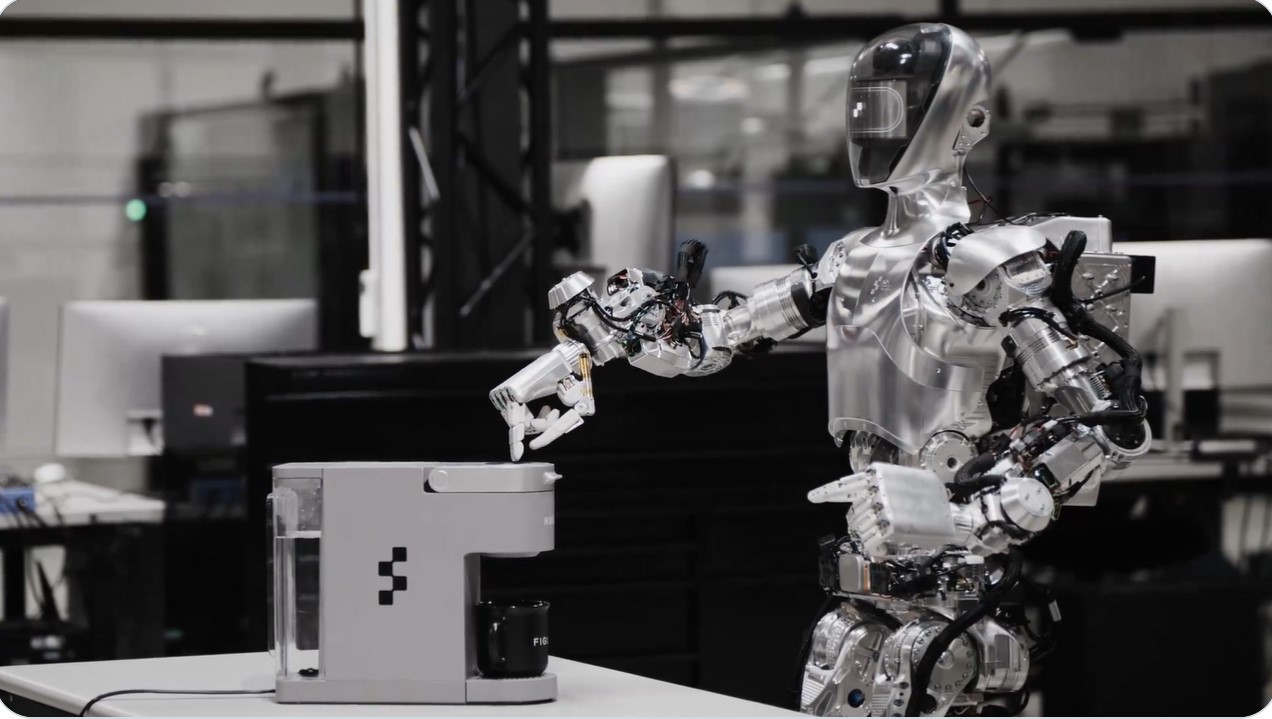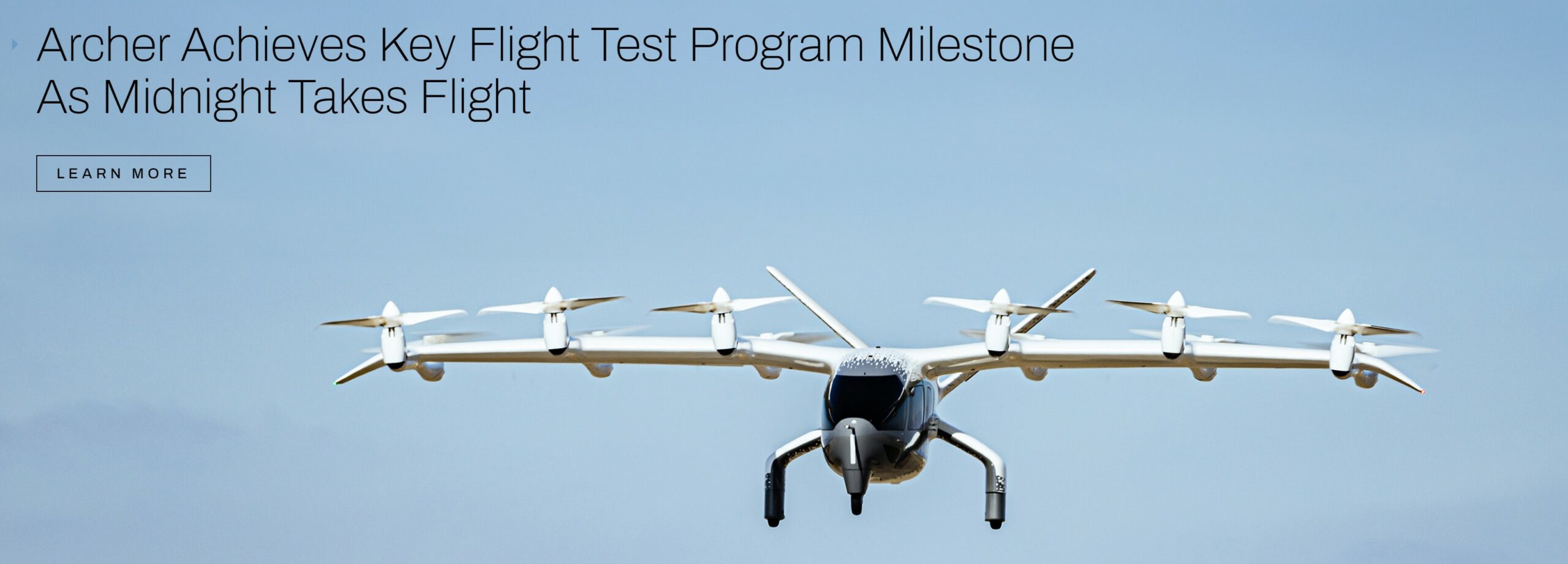Sometimes a breakthrough rattles windows and draws “oohs and ahhs”. Other times a breakthrough goes largely unnoticed. On January 7th, roboticists at startup FigureAI, achieved a breakthrough by asking, “Hey Figure 1, can you make me a cup of coffee?” Here are three screen grabs from the brief video they posted:



Figure-01 has learned to make coffee ☕️
Our AI learned this after watching humans make coffee
This is end-to-end AI: our neural networks are taking video in, trajectories out
Join us to train our robot fleet: https://t.co/egQy3iz3Kypic.twitter.com/Y0ksEoHZsW
— Brett Adcock (@adcock_brett) January 7, 2024
What FigureAI’s Robot Did Differently
Big deal right? Robot picks up a coffee pod, opens the coffee maker, places the pod in it, closes the lid and hits the start button. At first glance it hardly seems like a breakthrough at all. That’s until you realize that Brett Adcock’s Figure 01 robot taught itself how to make coffee by watching humans make coffee! That’s right, there was no software engineer writing code to direct the humanoid robot. It took video in, and translated it into action. The end to end process was accomplished via neural networks. BIG DEAL!
Why This Coffee-Making Moment Matters
You might have heard of Brett Adcock, he founded, built and took public Archer Aviation, an electric aircraft company. Archer has signed up United Airlines to buy 100 of their eVTOL planes.

source: https://www.archer.com/
Neural Networks: Teaching Robots Without Code
Next, Adcock founded FigureAI about eighteen months ago. In that time, they have created functional prototypes, built the hardware and progressed beyond their expectations to achieve their goal of delivering general purpose humanoid robots – that are useful.
From Watching to Doing: End-to-End AI
Here’s what Adcock had to say about the implications of end to end video to trajectory neural nets (emphasis added):
The timeline split of AI vs Robot Hardware has changed. The last 90 days I’ve witnessed industry leading AI in our lab running on humanoid hardware, and frankly it’s blown me away. I’m watching robots performing complex tasks entirely with neural nets. AI trained tasks that I didn’t think were feasible until the end of the decade. I now feel that we’ll likely have reliable AI that can run on hardware around the same time or slightly before the humanoid hardware is highly reliable and starting volume manufacturing.
How Neural Nets Are Replacing Traditional Programming
The Figure AI team is running humanoid robots with end-to-end neural nets performing highly complicated and dexterous tasks. These are tasks too complicated to write heuristics in C++
This is exciting as you can teach robots how to do tasks, and as the robot fleet grows so will the training sets. as the fleets grow in size they will continue to learn, become smarter and more capable every day
2024 will be the year of Embodied AI
https://twitter.com/adcock_brett/status/1739719880499425506
FigureAI is in a race to bring functional robots to the marketplace. Also in the race is the Tesla bot, Agility, and others including open source models like Google DeepMind’s just released Mobile Aloha that allows robots to do complex tasks like cooking and cleaning.
Let me circle back to the comments I highlighted above. These tasks are too complex to be written in traditional code – neural nets are the answer. I hear you saying, “Great, but what the heck is a neural net?” I asked ChatGPT to explain how neural nets work in this context:
Who Else Is in the Race? (Tesla, DeepMind, Agility)
In a video game, you guide a robot car through obstacles like walls and toys. A “brain trainer” (a neural network) helps by:
- Observing: It watches everything on screen.
- Planning: It figures out the best path for the car.
- Directing: It tells the car how to move to reach the goal.
Just like you learn a game, the brain trainer improves by watching many videos, helping your robot car in the game and real robots in real-world adventures!
“2024 will be the year of Embodied AI”. The implications of widespread use of humanoid robotics in industry is difficult to fully comprehend. But it’s coming. Personally, I think we are about to unleash a productivity boom that will make the industrial revolution look quaint by comparison. I’m not naive though – this is frightening! The societal implications may be more staggering than the industrial revolution, but as investors we don’t get to be Luddites. We need to understand this wave of technological development so we can ride it rather than have it crash over us.
I’ve never surfed – but I’m trying!
